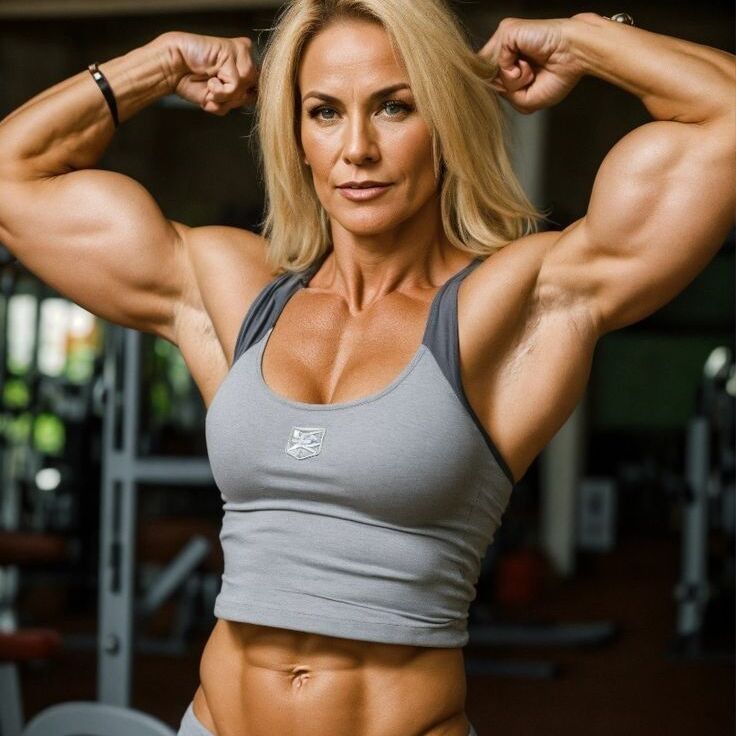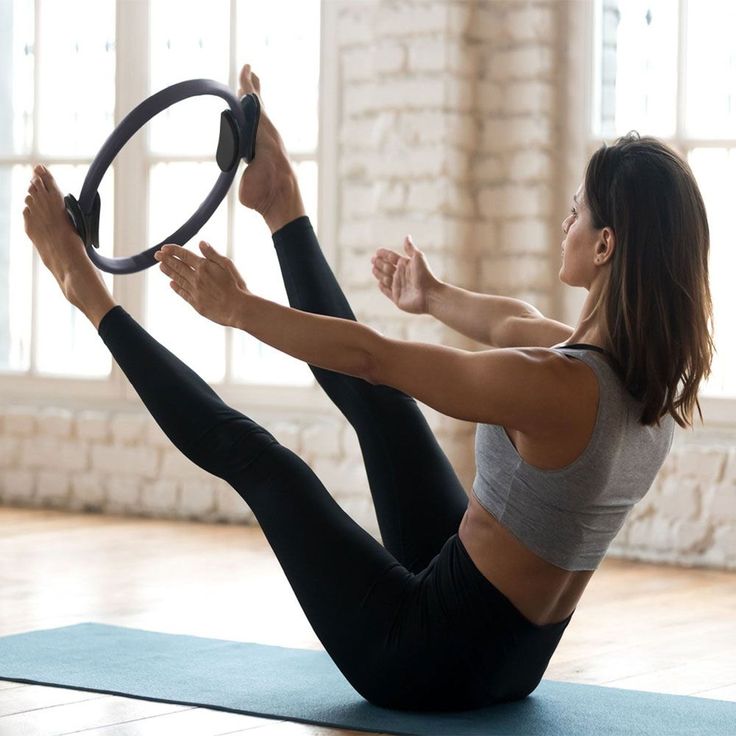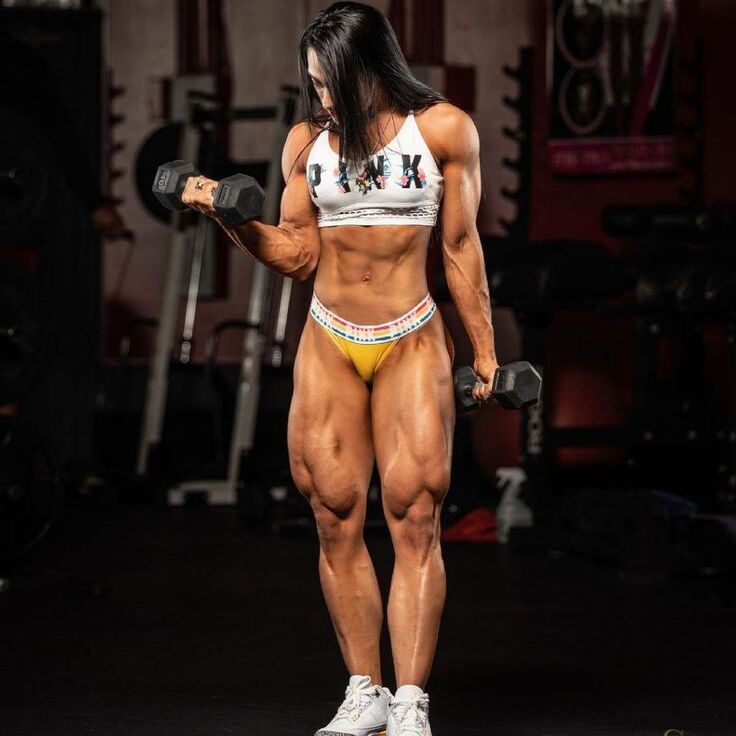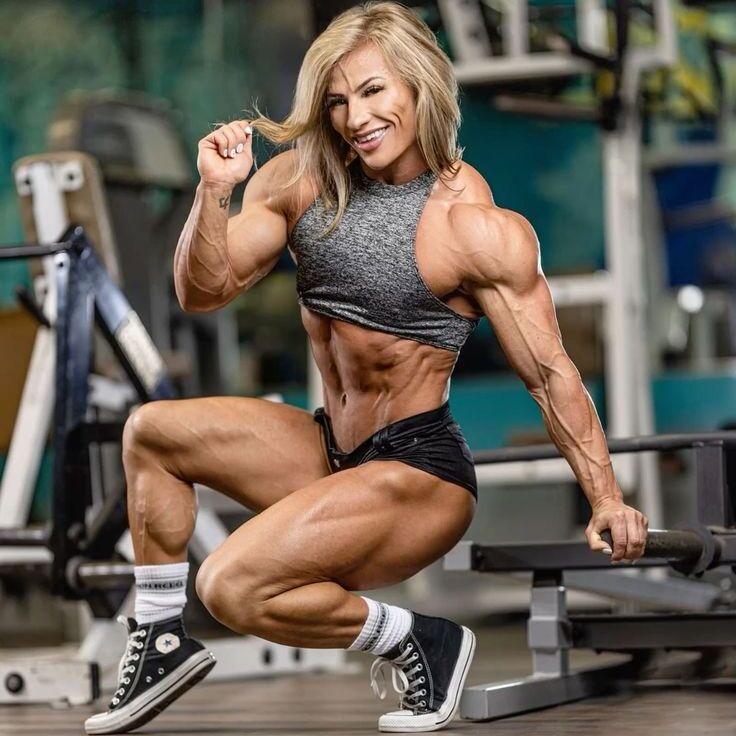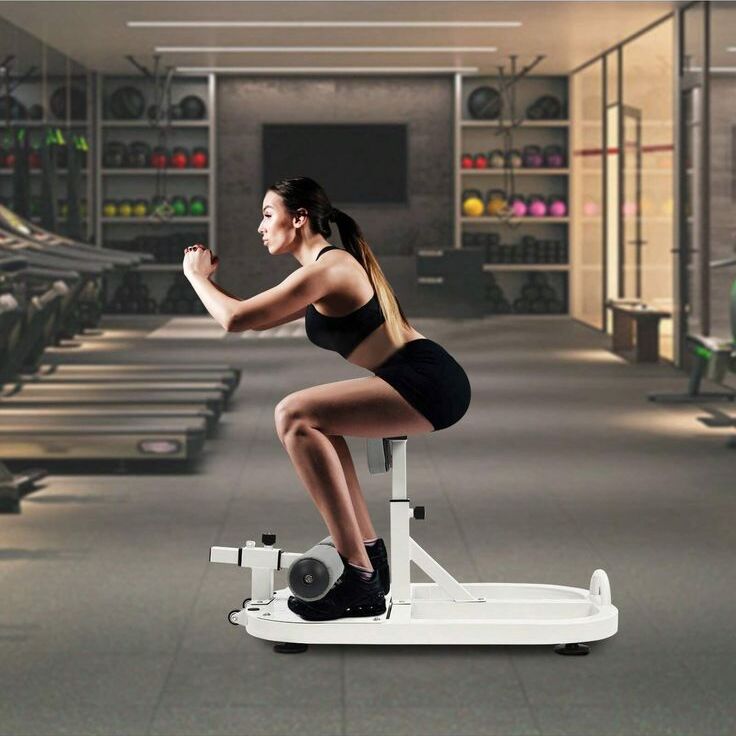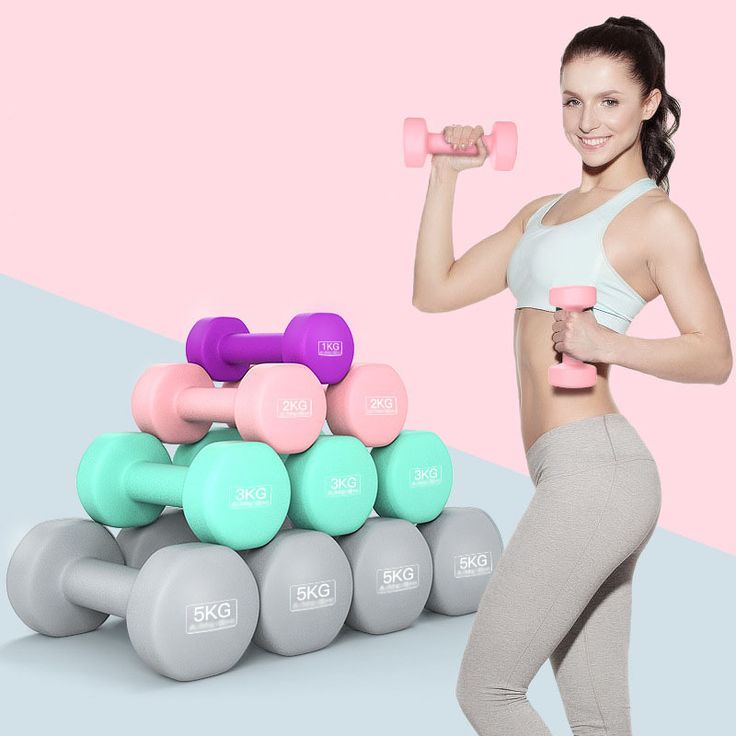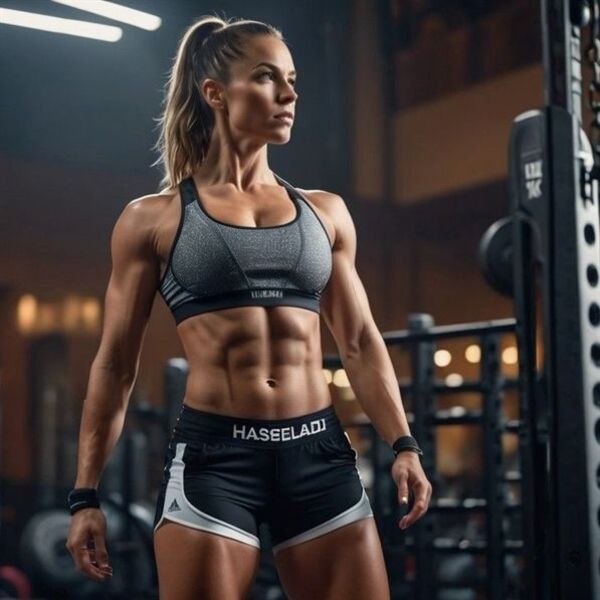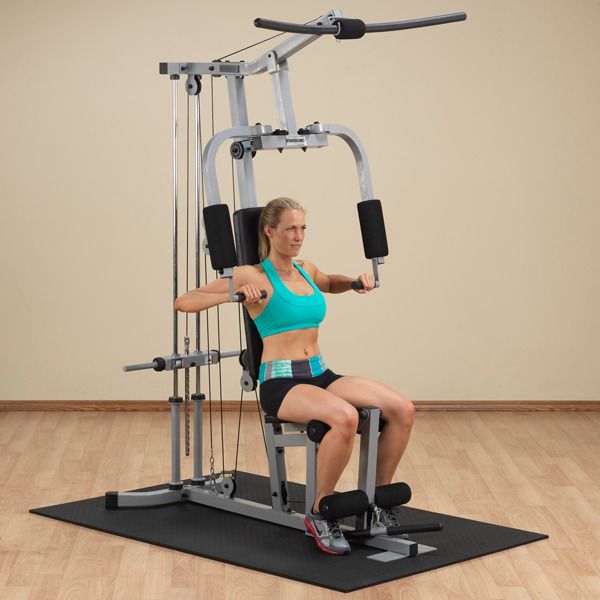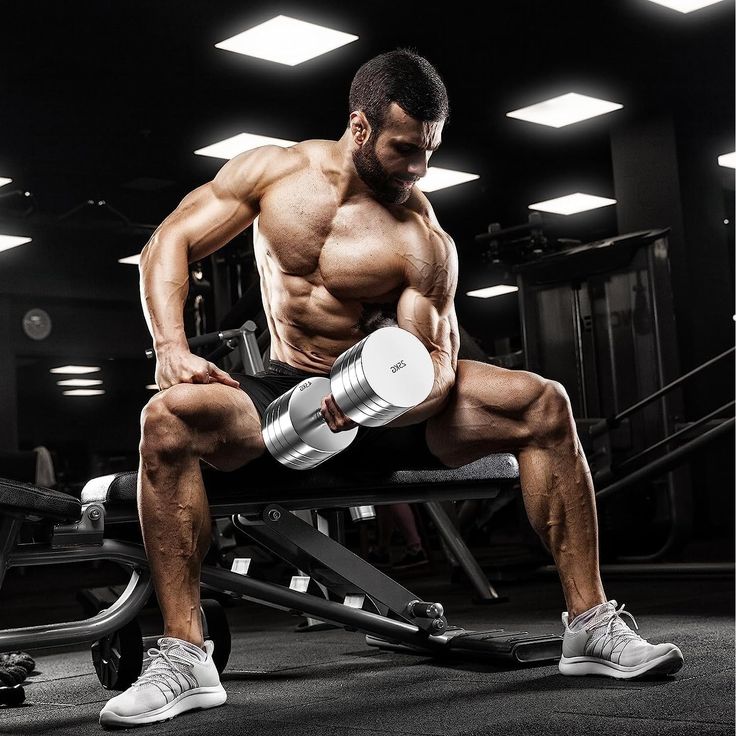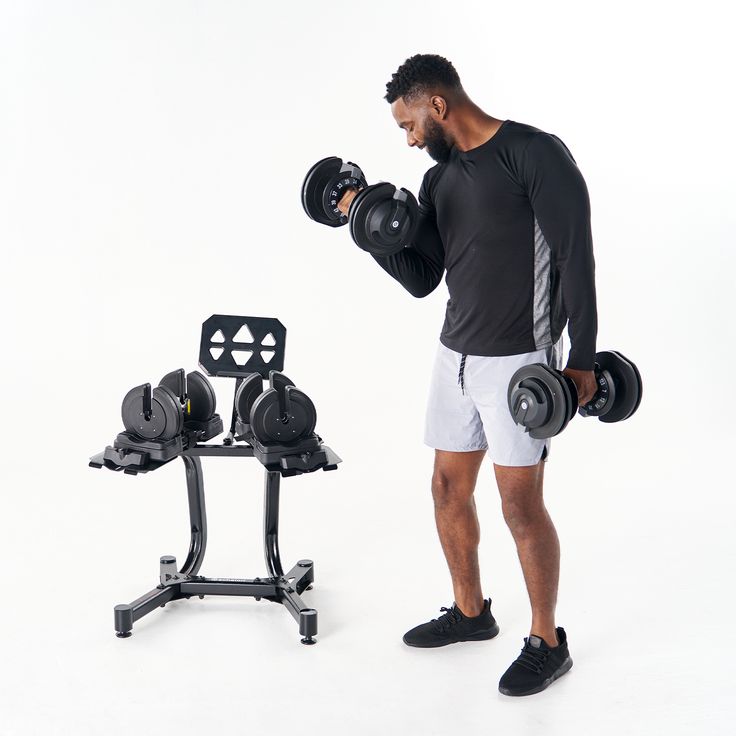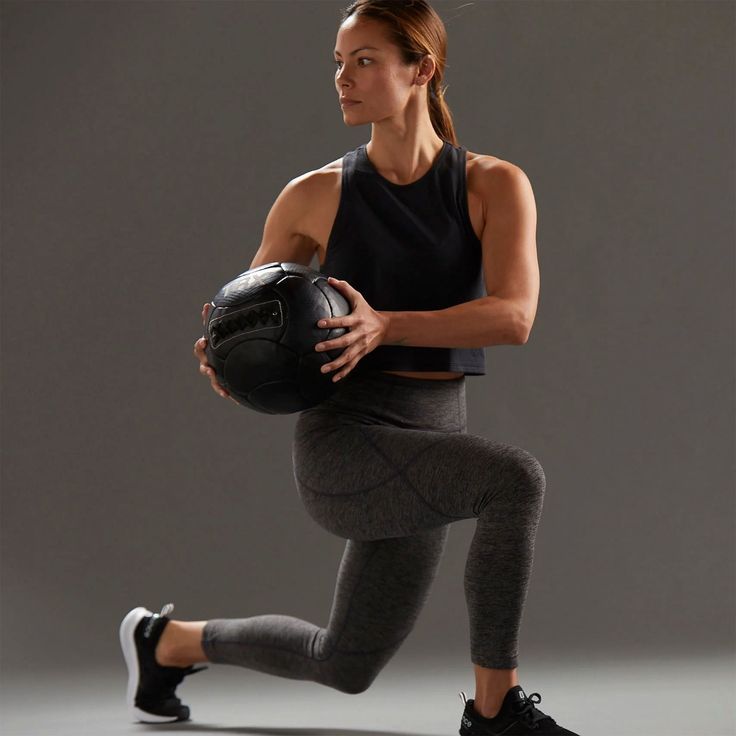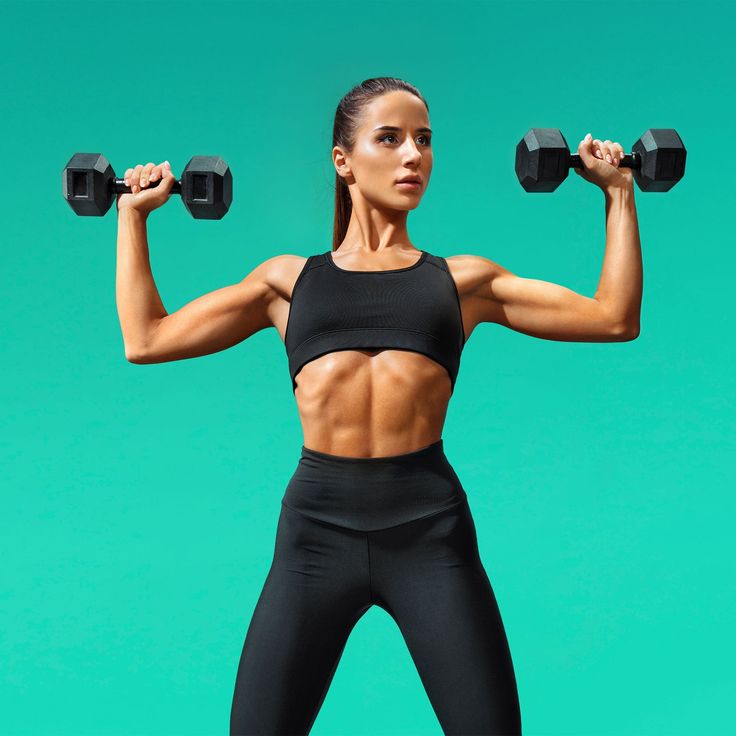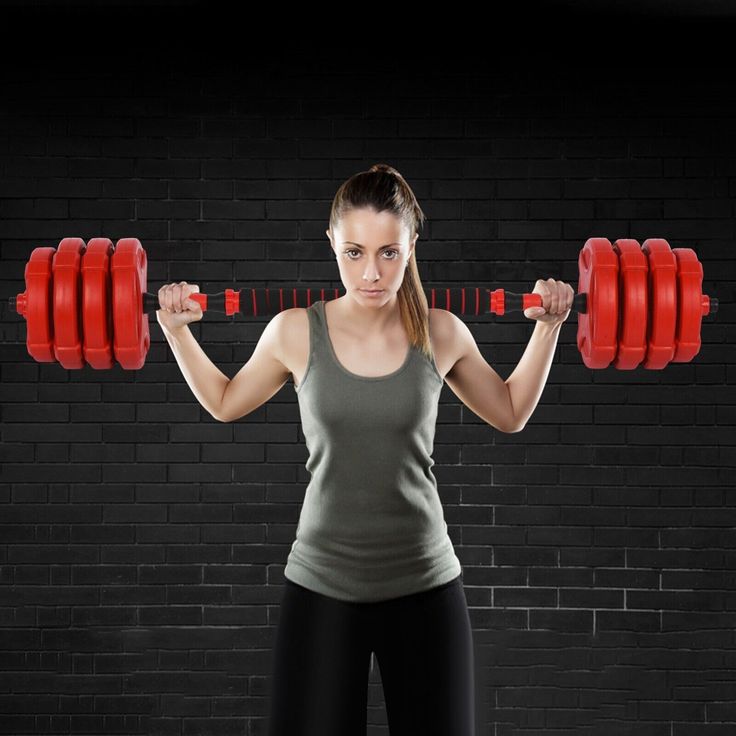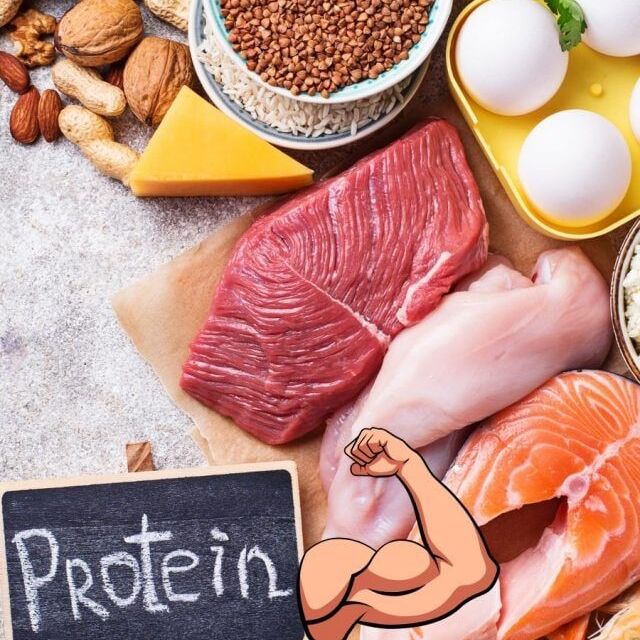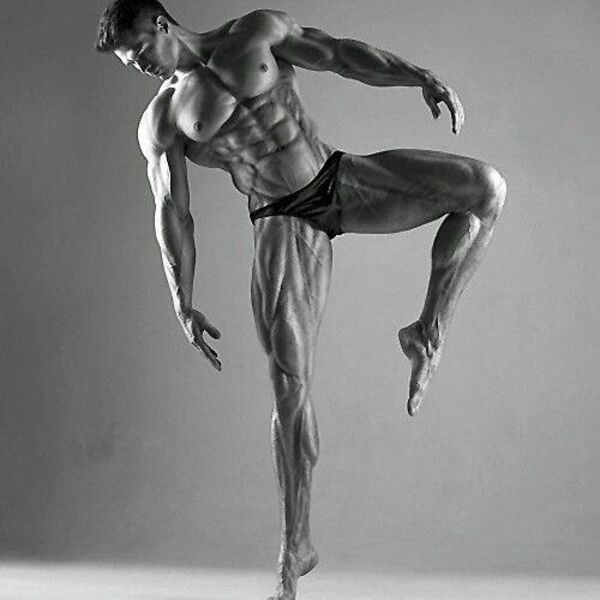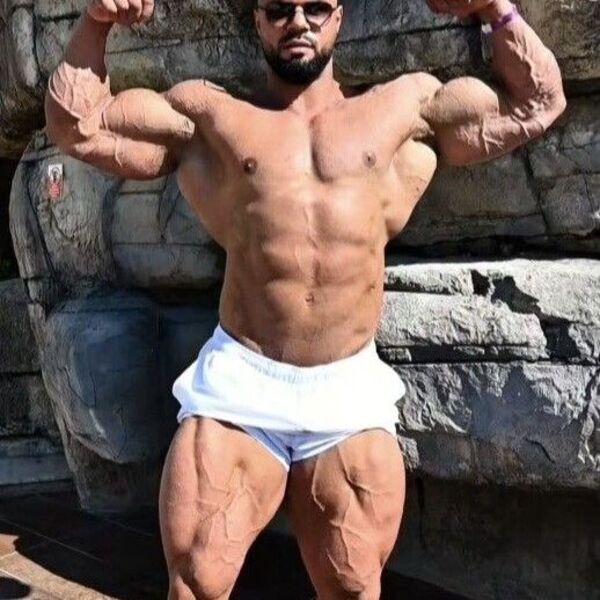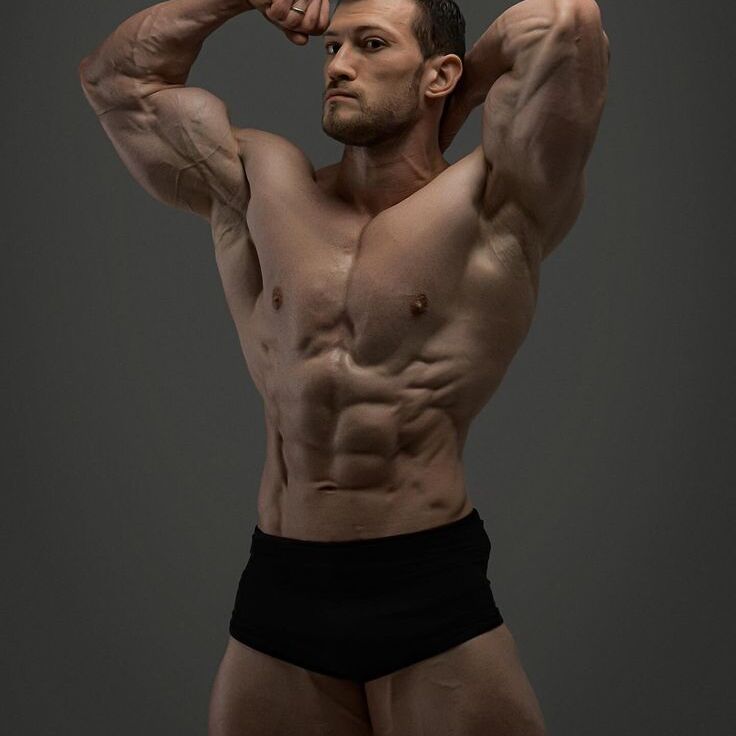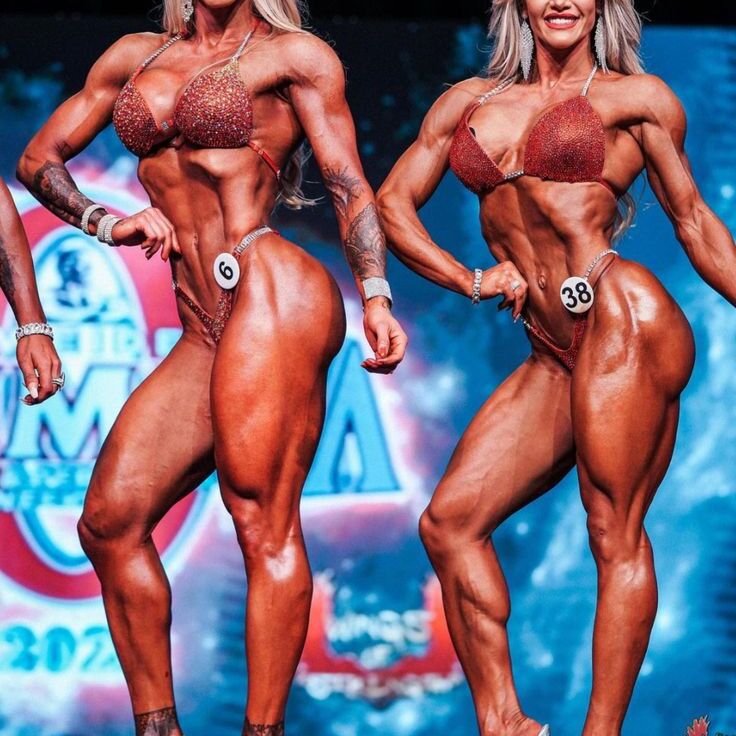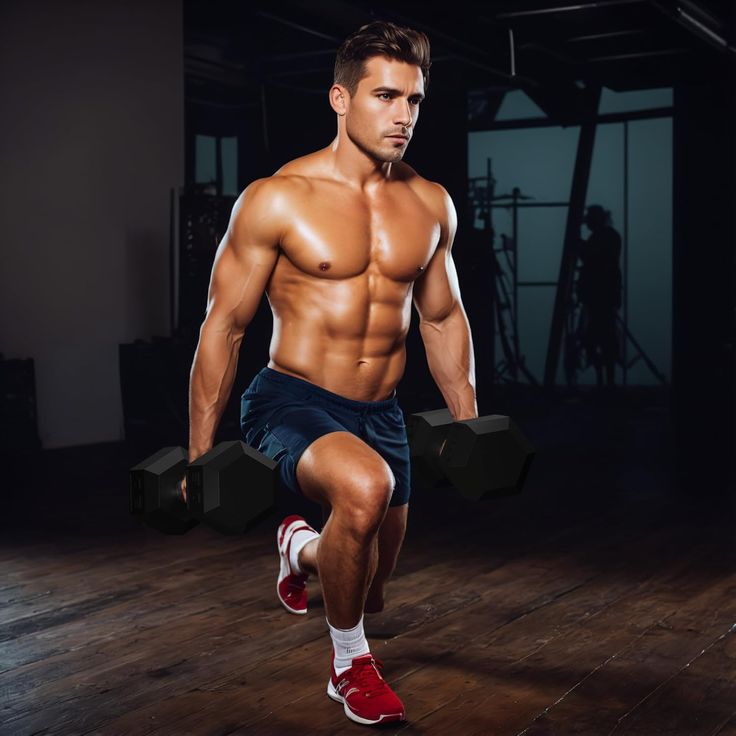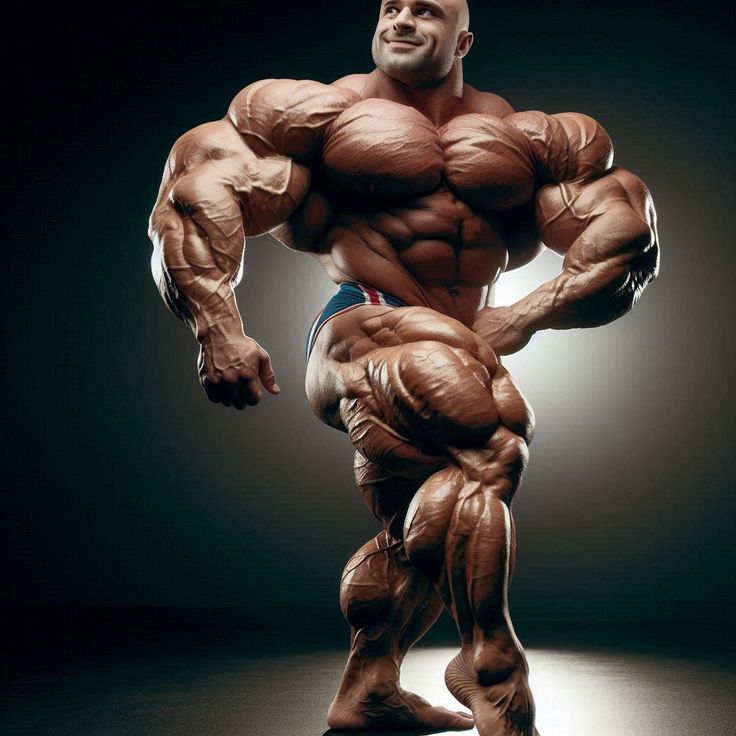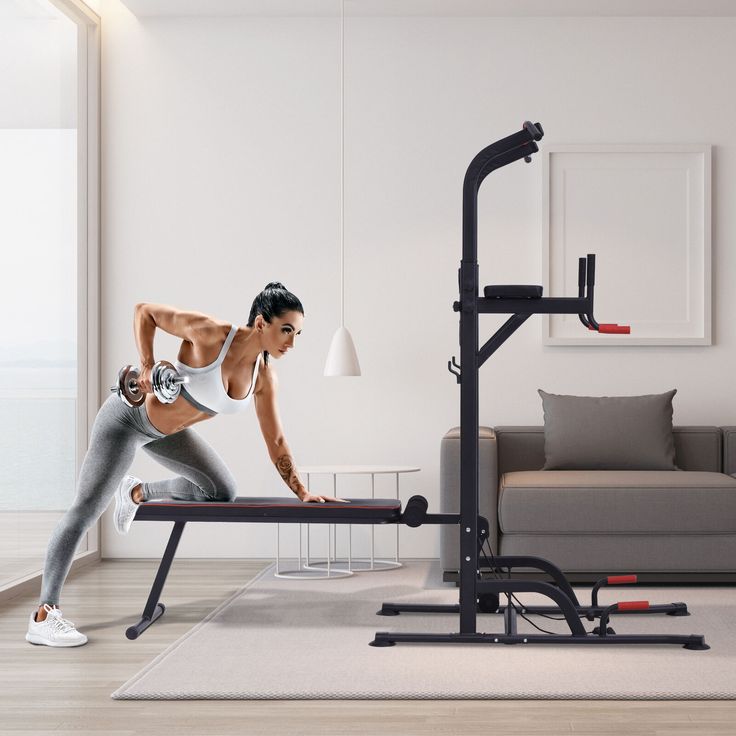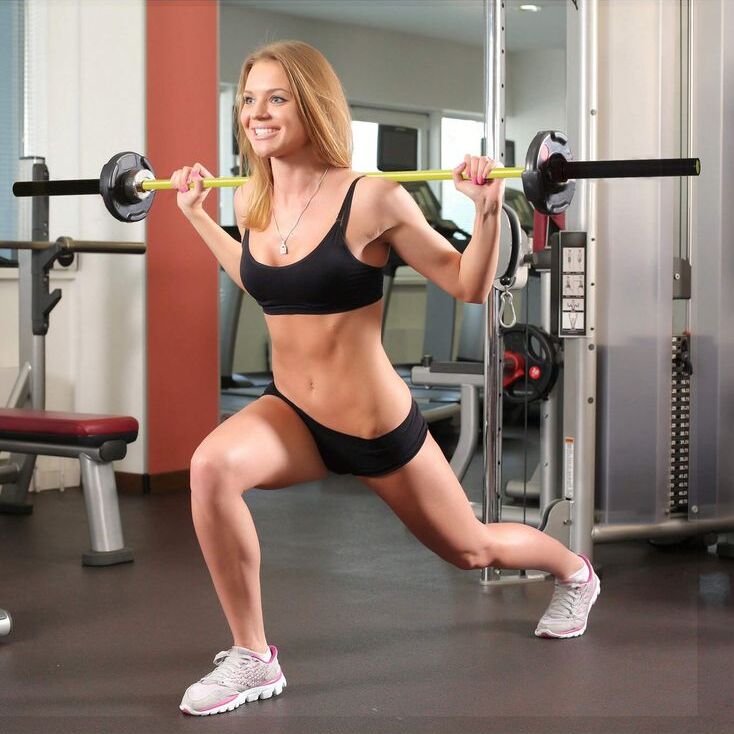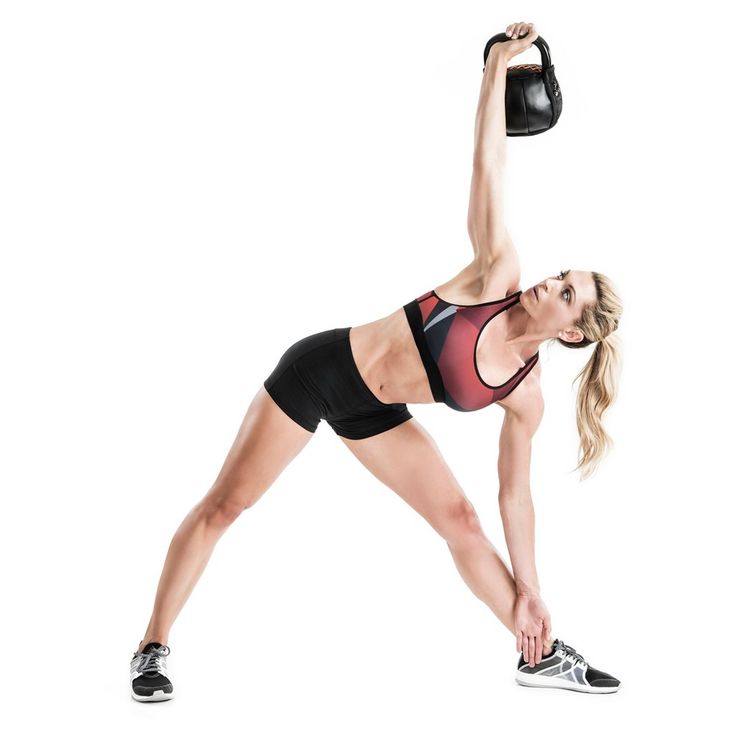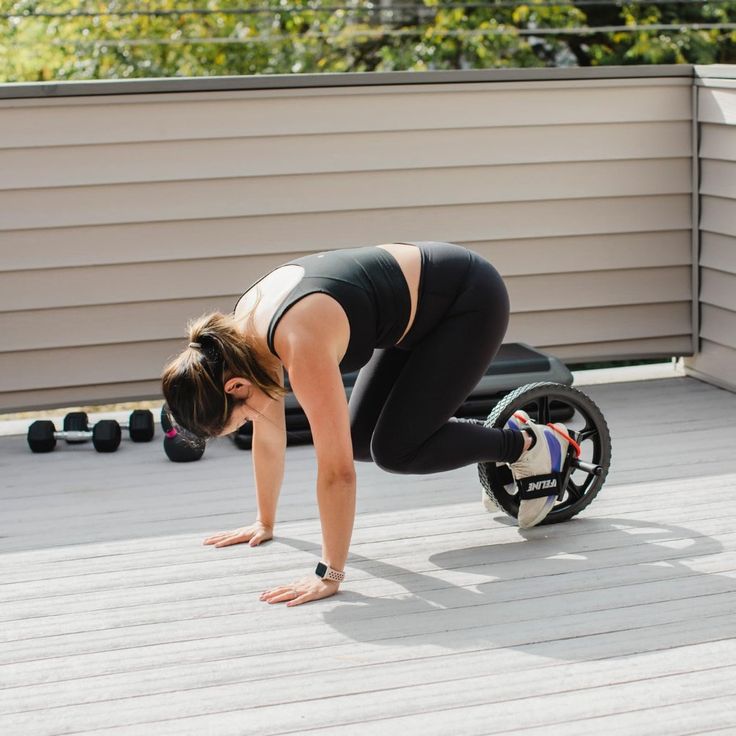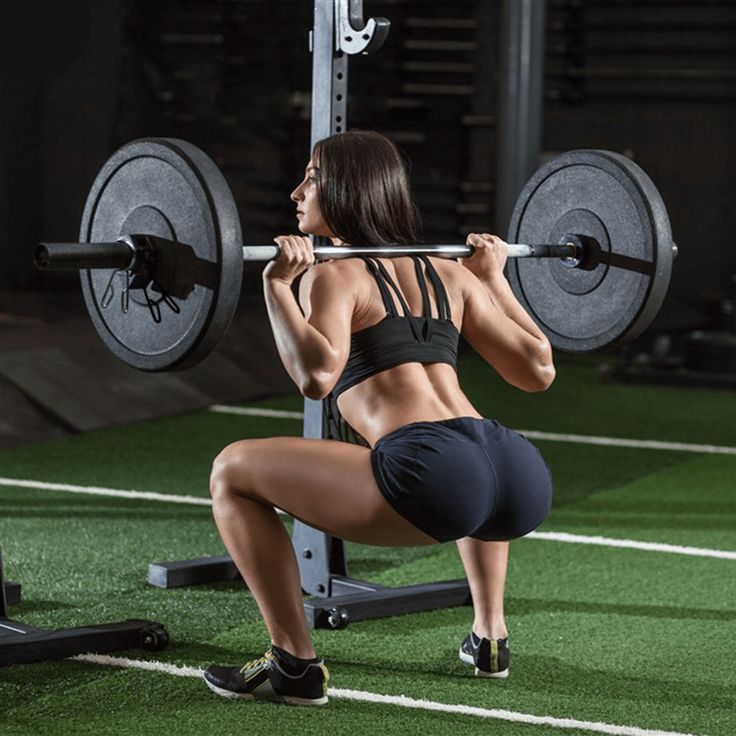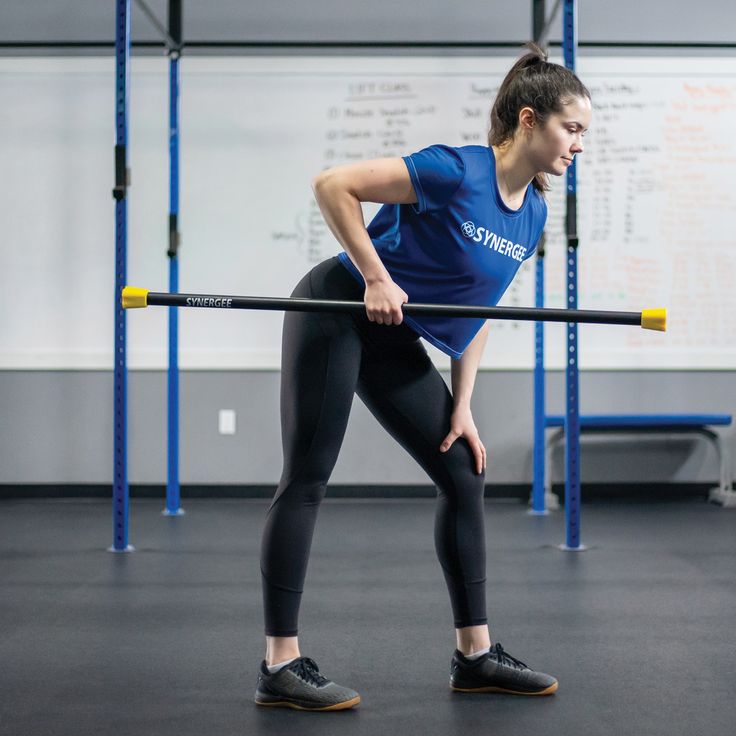Introduction to Body Building for Woman
Body building for woman is an impressive display of strength, resilience, and beauty. It celebrates women who sculpt their bodies to peak physical condition. This sport has grown from niche beginnings to a global phenomenon. With each year, it gains more followers and admirers.
The Rise of Body Building for Woman
The journey began with pioneers who dared to step into a male-dominated arena. Their hard work and success have opened doors to more women. Now, female bodybuilding is a respected and celebrated sport. It’s a space where female strength and athleticism shine.
Evolving Perceptions of Strength and Beauty
The ideal of beauty is changing, thanks partly to female bodybuilders. Strength and toned muscles are now part of the beauty standard. These athletes show the world that muscle and femininity are a perfect match. They inspire people to rethink what it means to be strong and beautiful.
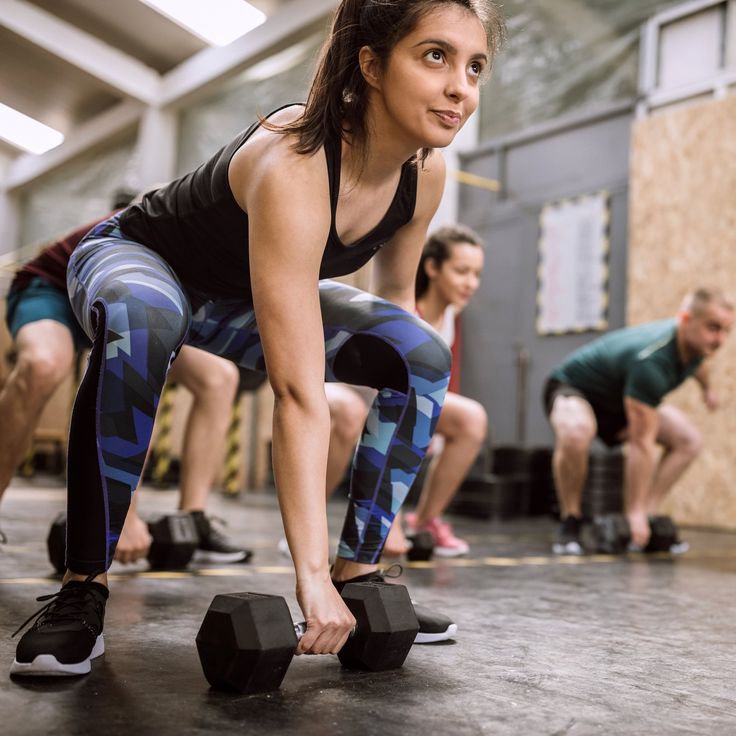
Legends in Female Bodybuilding
Iconic Athletes and Their Contributions
The history of body building for woman features remarkable athletes who pioneered this sport. Women like Rachel McLish, the first ever Ms. Olympia, set the stage for future female bodybuilders. They proved that strength and femininity can coexist, inspiring countless others. These athletes not only competed but also advocated for female strength and empowerment.
Lenda Murray and Iris Kyle, for instance, dominated their fields, winning multiple Olympia titles. Their dedication and success have motivated many women to embrace bodybuilding. They have shown that with hard work and determination, women can achieve extraordinary results in this tough sport.
Profiles of Top Female Bodybuilders Through the Ages
Let’s take a closer look at some standout body building for woman from different eras:
- Rachel McLish (1980s) – As the first Ms. Olympia, McLish became a fitness icon. Her appealing blend of muscle and aesthetics brought female bodybuilding into the mainstream.
- Cory Everson (1980s-1990s) – Winning Ms. Olympia six times in a row, Everson became a symbol of excellence and consistency in female bodybuilding.
- Kim Chizevsky (1990s) – Known for her amazing muscularity, Chizevsky pushed the boundaries of female bodybuilding. She was a four-time Ms. Olympia champion.
- Iris Kyle (2000s-2010s) – With ten Ms. Olympia titles, Kyle set a new standard. Her unprecedented reign showed her exceptional skill and commitment.
- Andrea Shaw (2020s-Present) – Currently dominating modern competitions, Shaw represents the new era. Her combination of size and symmetry sets her apart in today’s bodybuilding scene.
Training and Techniques
Training is the backbone of any bodybuilder’s journey. It’s what shapes, defines, and enhances their physique. Let’s peek into what keeps these elite athletes at the top of their game.
Training Regimens of Elite Female Bodybuilders
Top body building for woman follow rigorous training regimens. Their workouts are often split into upper and lower body days. They lift heavy weights, focusing on compound movements like squats, deadlifts, and bench presses. Each session can run for two hours or more, several times a week.
They also add isolation exercises to target specific muscles. Bicep curls, tricep extensions, and leg curls are staple moves. They do these with lighter weights and higher repetitions.
Cardio is part of their routine too, but it’s balanced. They might do short, intense sessions one day and longer, steady-state exercises the next. This blend helps with fat burning while preserving muscle mass.
Recovery is as crucial as the workouts themselves. They rest, get massages, and do yoga or pilates to stay flexible.
Techniques for Muscle Growth and Symmetry
To grow muscles and keep their body balanced, elite female bodybuilders use specific techniques.
Progressive overload is key. They increase weights or reps over time to challenge their muscles.
To achieve symmetry, they evaluate their body regularly. If one side lags, they do extra work on it. They also change their grip and stance in exercises to hit the muscles from different angles.
They focus on mind-muscle connection too. This means concentrating on the muscle they’re working on to ensure it’s fully engaged.
Finally, they track everything they do. They note down the weights lifted, reps done, and how they feel. This data guides their training decisions, helping them reach new heights.
Nutrition and Supplements
Nutrition is crucial for female bodybuilders to perform their best. It fuels workouts and helps with recovery. Here are some key tips:
Essential Nutrition Tips for Female Bodybuilders
- Balance Macronutrients: Ensure meals have protein, carbs, and fats. Aim for a mix to support energy needs and muscle repair.
- Stay Hydrated: Water is vital for overall health and helps nutrients move around the body.
- Eat Enough Protein: Protein builds and repairs muscles. Include it in every meal.
- Manage Carb Intake: Use carbs for energy. Choose complex carbs over simple ones for longer-lasting fuel.
- Healthy Fats Are Key: Include sources like avocados and nuts. Fats help absorb vitamins and provide energy.
- Regular Meals: Eating at consistent times supports metabolism and muscle growth.
- Vegetables and Fruits: Pack in vitamins and minerals. They aid recovery and overall health.
- Track Intake: Keep an eye on what and how much you eat. It helps in making smart nutrition choices.
Recommended Supplements for Maximum Performance
While a balanced diet is best, supplements can help when diet falls short. Here’s what can help female bodybuilders:
- Multivitamins: Fill any gaps in nutrition. Choose one designed for women.
- Protein Powders: Convenient for meeting high protein needs.
- Fish Oil: Supports heart health and can reduce inflammation.
- BCAAs: Aid muscle recovery and can help with endurance during workouts.
- Creatine: Can improve strength and power output.
- Vitamin D: Important for bone health and muscle function, especially if sunlight exposure is limited.
By focusing on these nutrition and supplement guidelines, female bodybuilders can optimize their health and performance to compete at their best.
Competitions and Titles
Competitions give athletes a platform to showcase their hard work and determination. Female bodybuilders compete in events that highlight their strength and physique. In this section, we’ll gain insight into these major competitions and the celebrated titles they offer.
Overview of Major Bodybuilding Competitions
Bodybuilding competitions for women vary from amateur to professional levels. Some of the most prestigious events include the Ms. Olympia, the Rising Phoenix World Championships, and the Arnold Classic. These competitions have strict criteria based on muscularity, symmetry, and stage presence. They are the platforms where female bodybuilders strive to make their mark and etch their names in the history books.
Notable Achievements and Titles in Female Bodybuilding
Titles define the pinnacle of success in bodybuilding. Winning competitions like Ms. Olympia signals a bodybuilder’s outstanding commitment to the sport. Notable athletes who have earned these titles include Iris Kyle, with 10 Ms. Olympia wins; Lenda Murray, holding 8 wins; and Andrea Shaw, the current reigning champion. Each title represents years of focused training, precise nutrition, and unwavering determination. These accolades are not just metal and ribbon but a testament to the athlete’s sacrifices and passion for bodybuilding.
Inspirational Stories
The world of female bodybuilding is full of awe-inspiring narratives that touch upon not just the physical, but also the emotional and mental fortitude of these athletes. Their stories go beyond the stage, delving into personal battles and victories that resonate with people everywhere.
Challenges and Triumphs
Every muscle etched into their physique tells a tale of the immense challenges faced by these powerful women. They combat stereotypes, break through gender barriers, and often, defy social norms to follow their passion for bodybuilding. The triumphs they achieve are not just about the titles and trophies, but also about the personal victories over self-doubt, societal judgments, and physical limitations.
Be it returning to competition after a serious injury or balancing the demands of motherhood with grueling training schedules, their stories showcase resilience and unwavering commitment. The path to success for these women is rarely linear, and it’s their ability to rise after setbacks that truly inspires.
How These Athletes Are Inspiring Future Generations
The ripple effect of their determination spreads far beyond the bodybuilding community. Female bodybuilders are role models, showing young girls and women that strength comes in various forms. Through social media, outreach programs, and mentorship, they are accessible icons who encourage others to pursue their goals, be it in bodybuilding or any other field.
Their visibility in a traditionally male sport paves the way for broader discussions on female athleticism and body image. As they share their journeys openly, they give voice to the silent struggles many face. These athletes demonstrate that with enough drive, achieving a body building woman’s dream is possible, inspiring a new generation to push their limits and rewrite the narrative of what women can accomplish.
Modern Female Bodybuilders
Today’s female bodybuilders are pushing boundaries with every competition. They bring new levels of athleticism and aesthetic to the sport. Their intense dedication not only shapes their bodies but also influences the bodybuilding world.
Current Top Competitors and What Sets Them Apart
The current top body building women are redefining what it means to be strong. Andrea Shaw, the reigning Ms. Olympia, stands out with her perfect balance of muscular size and symmetry. Helle Trevino impresses with her extreme muscularity and exceptional conditioning. Margie Martin, also known as ‘Marvelous Margie’, dazzles with her combination of mass and femininity.
These athletes stand apart thanks to their unwavering commitment. They adhere to strict training regimens and nutritional plans. They also constantly adapt their techniques for muscle growth and symmetry. This ongoing evolution in their approach is what sets them at the pinnacle of modern female bodybuilding.
The Future of Female Bodybuilding
The future of female bodybuilding looks bright, with more women participating each year. As the sport continues to grow, we can expect to see even higher standards of competition. The athletes’ impact extends beyond the stage. They are setting new benchmarks in fitness and inspiring a generation to embrace their strength.
Emerging talents are joining the ranks, bringing fresh perspectives and ideas. With technological advances, training, and nutrition strategies will only improve. Female bodybuilders will likely keep pushing the limits of physical achievement. Their stories will continue to empower and motivate women around the world.
